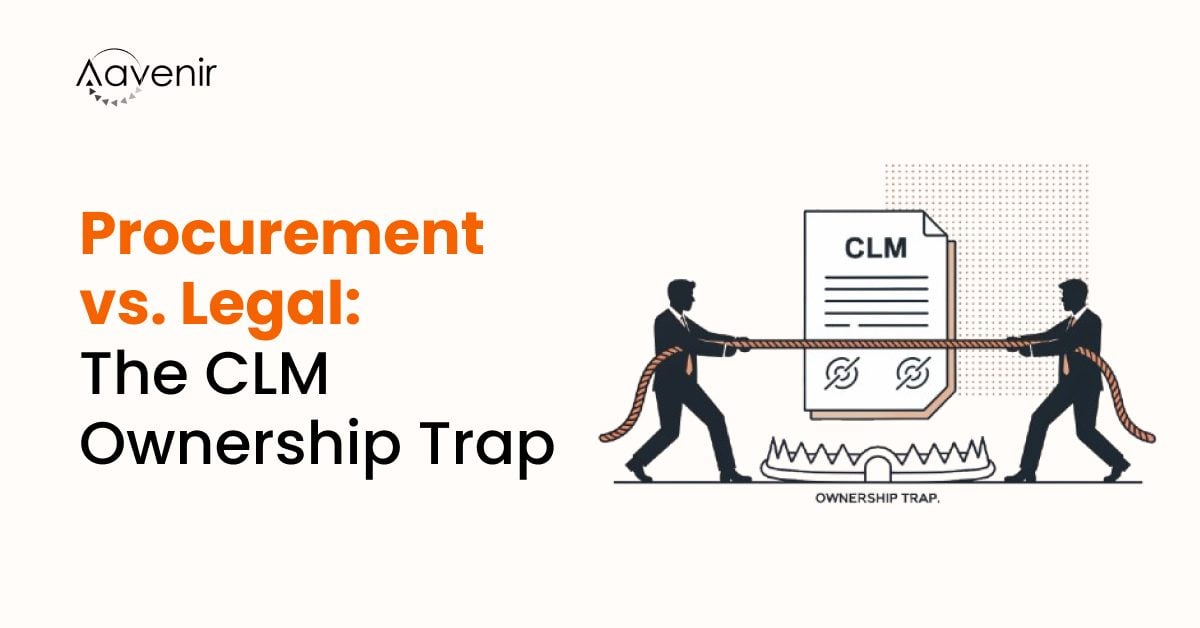Are you planning to invest in contract management software? One of the first questions you’ll face is: How much will it cost?
For contract managers, legal teams, and compliance officers who rely on CLM software daily, understanding the full scope of pricing is important. Additionally, knowing the factors surrounding this cost is essential.
In this blog, we break down everything you need to know about contract management software pricing, including:
- How much contract management software typically costs
- Common pricing models offered by CLM software vendors
- Key factors and variables that influence the total cost
By the end, you’ll have the clarity to choose a solution that fits your budget, meets your contract management requirements, and supports your business goals. Let’s get started.
How Much Does Contract Management Software Cost? (Quick Overview)
As per Capterra, contract management software can cost anywhere from $7 to $700 per month or even more, depending on the features, functionalities, seat cost, and subscription models. Most CLM (Contract Lifecycle Management) software vendors offer pricing plans based on business type and scale.
Typically, contract management software designed for smaller businesses includes essential features, while enterprise-grade solutions offer extensive capabilities to handle complex needs.
Beyond subscription costs, you should consider one-time implementation fees, customization charges, training costs, data migration, and additional storage needs, all of which can significantly impact the total investment. These factors add up to the total cost of a contract management solution.
Transparent Pricing, No Hidden Costs
Aavenir offers transparent, flexible pricing options suitable for businesses of all scales and sizes.
Now that we have a clearer understanding of the overall costs, let’s discuss the different pricing models for CLM software.
Types of CLM Software Pricing Models: User-Based vs Flat Rate vs Custom Pricing
Most contract management software providers charge their platform based on users, fixed rates, or custom pricing models. Understanding these options helps you select the most cost-effective solution.
1. User-Based Pricing
User-based pricing refers to a pricing model based on the system’s number of users. This pricing model is an excellent choice for organizations with smaller teams, as the cost increases based on usage. However, the growth in the number of users or the overall team could increase expenses and limit the widespread adoption.
2. Flat Rate Pricing
Flat-rate pricing is a model where the software provider charges a fixed fee while offering unlimited users or seats. This pricing model provides much-needed predictability and is highly cost-effective for organizations with more users or larger teams. However, small organizations or startups may end up paying high costs for features they might not even require.
3. Custom Pricing
Custom pricing refers to the pricing model offered by enterprise-based solutions. This pricing model is based on specific organizational needs and might involve more complex negotiations and less transparent costs. However, custom pricing is excellent for specific features and modules in your CLM software.
These are the different pricing strategies for contact management software. Next, let’s understand the key factors that influence the overall cost of contract management software.
Factors Affecting the Price of Contract Management Software
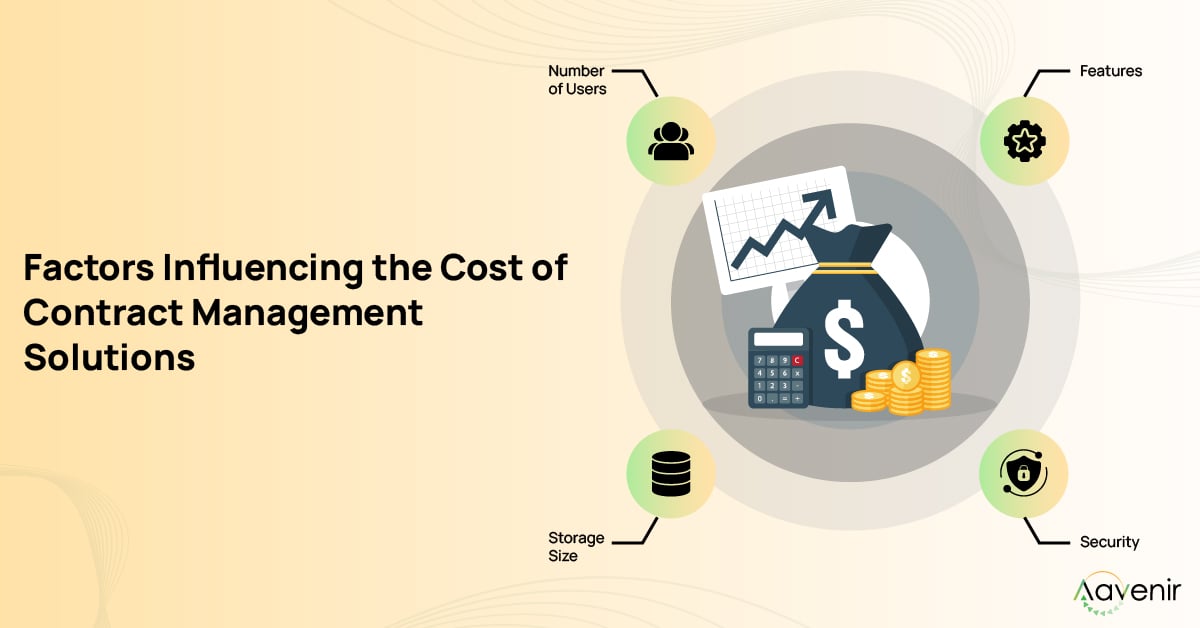
The cost of contract management software depends on variables such as contract management software features, scalability, integrations, and pricing approaches. Understanding these factors can help you pick the best one for your organization. Below are key factors influencing the pricing of contract management software:
1. Number of Users (Seats)
Most contract management solutions employ a per-user pricing model, where costs increase based on added users. This approach is perfect for larger organizations that need more granular access controls for specific departments, including legal, sales, and procurement teams.
The number of users is also known as ‘seats’, indicating the organization’s respective team or size. The more people in your organization use a contract management platform, the higher the price.
This might not be the scenario everywhere, as some providers may offer tiered pricing or discounts for bulk user licenses. Therefore, you must assess the number of users who will actively use the system.
2. Number of Contracts And Workflows
The number of contracts processed and the complexity involved can significantly impact pricing. Organizations with high contract volumes and requiring contract workflow automation might incur higher costs.
Depending on how many contracts you want to manage, you may require software that suits your CLM scale and requirements. The more contracts you manage, the greater the need for storage and processing capabilities. When choosing software for your organization, you must evaluate your organization’s contract volume and workflow complexity.
3. Third-Party Integrations
Integration of contract management software with tools like Customer Relationship Management (CRM) platforms or Enterprise Resource Planning (ERP) systems leads to improved efficiency. However, these integrations add up to the cost of the contract management platform.
Certain integrations require APIs and custom development, which can increase the overall costs. To control this, you should identify the most critical integrations and discuss the potential cost with your software provider.
4. One-Time Fees
The setup, migration, and training cost is a one-time fee but adds to the total cost of ownership. This specific cost depends on the complexity level involved and the support required for migrating to the new system. A detailed understanding of upfront costs helps you create accurate budgets for your organization.
5. Tools and Features
The number of features included in CLM software directly impacts the overall pricing. The most basic features, like contract creation and storage, are available at a lower cost. However, advanced features like AI-powered analytics and automated workflows demand a higher price.
Some CLM vendors offer modular pricing, where specific features and modules (such as creation, negotiation, storage, or tracking) are charged individually. Other vendors offer complete features for contract lifecycle management. You need to prioritize features as per your organizational needs and manage your costs effortlessly.
6. Subscription Duration
Opting for a more extended subscription period results in higher cost savings as several vendors offer discounts for extended contracts. On the other hand, a short-term agreement offers more flexibility, allowing you to switch vendors or adjust plans as needed. However, this flexibility often comes at a higher cost, as monthly or short-term plans typically have a higher per-period price.
Therefore, purchasing a CLM with a long-term subscription plan can be beneficial in terms of cost savings. You must weigh the trade-offs between cost and commitment duration before deciding.
7. Support and Maintenance
One of the most critical factors for the effortless operation of the software is ongoing support and maintenance services. Some software providers offer basic support in the overall pricing, but others charge extra for this service.
These services include 24/7 assistance and dedicated account managers. If your business requires frequent support from the CLM software vendor, this factor is worth considering.
8. Deployment Type (Cloud vs. On-Premise)
The type of deployment you choose for your organization significantly impacts your initial and ongoing costs. Cloud-based solutions consist of subscription fees with lower upfront investments.
On the other hand, on-premise deployed software requires significant initial expenditures for licenses and infrastructure and ongoing maintenance costs. It is important to assess the overall cost of ownership for each deployment type to make an informed decision.
Having identified the key factors that impact pricing, let’s move on to the additional elements that can further influence the cost of contract management software.
Additional Factors That Can Influence Contract Management Software Cost
Apart from the core factors imparting contract management software pricing, certain variable factors can also impact software costs. Understanding these additional factors helps businesses make informed decisions and optimize their investment.
1. Legal and Compliance Requirements
The complexity of contracts, including legally approved templates and compliance requirements, can influence pricing. More complex contracts may require advanced AI data extraction capabilities and customized workflows, leading you to choose intelligence-focused software with higher costs.
2. Additional Modules
Some vendors offer modular pricing, allowing businesses to add functionalities like compliance tracking, reporting, or e-signatures as needed. These modules can provide significant value by automating specific business processes but are often priced separately.
3. Customization and Configuration Needs
Businesses with unique workflows may need customized solutions, which can increase costs. Customization allows for better alignment with organizational needs but often comes at a higher price due to the specialized development required.
4. AI and Automation Capabilities
Integrating artificial intelligence for tasks like contract analysis or risk assessment can enhance efficiency, but it often comes at a premium due to the advanced technology involved. The more AI features your software vendor offers, the higher the cost.
5. Scalability Needs
As businesses grow, the need for scalable solutions becomes more critical. Choosing a solution that can seamlessly scale with the organization can prevent costly migrations or upgrades down the line.
Cost-Effective Contract Management with AI
Aavenir’s AI-powered automation reduces manual work and lowers operational costs, giving you more value for your investment.
After identifying the additional factors influencing costs, it’s essential to consider the different pricing models shaping the overall expense of CLM software.
Types of CLM Software Pricing Models: User-Based vs Flat Rate vs Custom Pricing
Most contract management software providers charge their platform based on users, fixed rates, or custom pricing models. Understanding these options helps you select the most cost-effective solution.
1. User-Based Pricing
User-based pricing refers to the pricing model based on the system’s number of users. This pricing model is an excellent choice for organizations with smaller teams, as the cost increases based on usage. The growth in the number of users or the overall team could increase expenses and limit the widespread adoption.
2. Flat Rate Pricing
Flat-rate pricing is the model where the software provider charges a fixed fee irrespective of the user count. This pricing model offers much-needed predictability and is highly cost-effective for organizations with more users or larger teams. In the case of small organizations or startups, they might be paying for capacity they might not even require.
3. Custom Pricing
Custom pricing refers to the pricing model offered by enterprise-based solutions. This pricing model is based on specific organizational needs and might involve more complex negotiations and less transparent costs. However, custom pricing is excellent when you are looking for specific features and modules in your CLM software.
Maximize ROI with Aavenir’s Flexible Plans
Say goodbye to overpriced contract management software. Aavenir ensures scalable, cost-effective solutions that grow with your business.
With a clear understanding of the various pricing models for CLM software, let’s explore how Aavenir can help you save significantly on your contracting costs.
Cost of Top 10 Contract Management Software
Here’s a comprehensive overview of the top 10 contract management software solutions, highlighting their key features and pricing details:
| Software | Free Trial | Pricing | Key Features |
|---|---|---|---|
 | Yes | Custom, flexible pricing options |
|
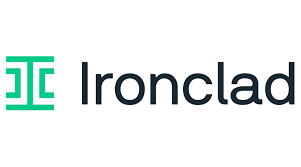 | 14 days | Custom pricing |
|
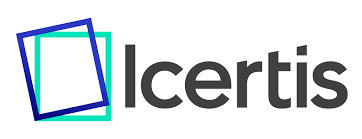 | No | Custom pricing |
|
| 14 days | $19/seat/month |
| |
 | No | Custom pricing |
|
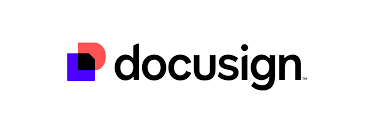 | 30 days | Custom pricing |
|
| 14 days | $399/Per month(Paid annually) |
| |
| 7 days | $375/month (paid annually) |
| |
| 30 days | Custom pricing |
| |
| No | Custom pricing |
| |
| Yes | Custom pricing |
|
After reviewing the costs of top contract management software options, let’s see how Aavenir Contractflow can help businesses significantly reduce contracting expenses.
Save 30% on Contracting Costs with Aavenir Contractflow
Choosing the right contract management software is essential for optimizing operational efficiency and reducing legal risks. Aavenir stands out as one of the best CLM solutions in the industry, offering businesses a cost-effective way to streamline contract workflows, improve compliance, and enhance visibility.
With Aavenir Contractflow, organizations can cut contracting costs by up to 30% through automated workflows, AI-driven contract analysis, and seamless integrations. Its transparent pricing model ensures that businesses of all sizes can access enterprise-grade contract management features without hidden fees.
By investing in Aavenir, companies can accelerate contract execution, minimize manual errors, and maximize ROI. Whether you’re a growing business or an established enterprise, experience the benefits of Aavenir with a free demo and see how it streamlines contract management while reducing costs.
Frequently Asked Questions
-
Do contract management platforms offer free trials or demo versions?
Yes, contract management platforms like Aavenir, Ironclad, and Docusign offer free trials. These plans help organizations to test the important features before actually buying the product. Some CLM platforms, like Aavenir, provide trial access with limited functionalities, allowing users to explore key features firsthand. Other platforms, like Icertis and Ironclad, require organizations to request a demo, where pricing and advanced features are discussed based on specific needs.
-
Is contract management software pricing based on users or usage?
Generally, most CLM solutions follow a per-user pricing model, where organizations pay a subscription fee based on the number of users accessing the platform. However, some platforms provide usage-based pricing. In this model, the costs depend on the volume of contracts processed, storage usage, or specific integrations.
-
How does enterprise pricing differ from small business pricing?
Enterprise contract management solutions often come with custom pricing structures to meet the specific needs of an organization. These plans typically include advanced AI-powered analytics, automation, compliance tracking, and custom workflows.
In contrast, small businesses may find fixed-tier pricing plans more suitable, as they offer essential contract management features, such as contract creation, storage, and e-signatures, at a lower cost. -
Are there any hidden costs in contract management software?
Certain contract management platforms offer transparent pricing, but additional costs may arise depending on the provider and the selected plan. The most recurring hidden expenses include fees for custom integrations with third-party systems (e.g., ERP or CRM platforms), implementation and onboarding services, premium customer support, etc.
-
What is the best contract management software for budget-conscious businesses?
Aavenir and PandaDoc are the most suitable CLM platforms for organizations with a limited budget. Both platforms offer competitive, transparent pricing with flexible plans customized to different business sizes.
-
Does contract management software provide a return on investment (ROI)?
Yes, implementing a contract management system significantly impacts ROI by improving efficiency, reducing manual errors, and ensuring compliance with legal and regulatory standards. Organizations can reduce costs by automating workflows and mitigating financial risks associated with missed deadlines or non-compliance.



